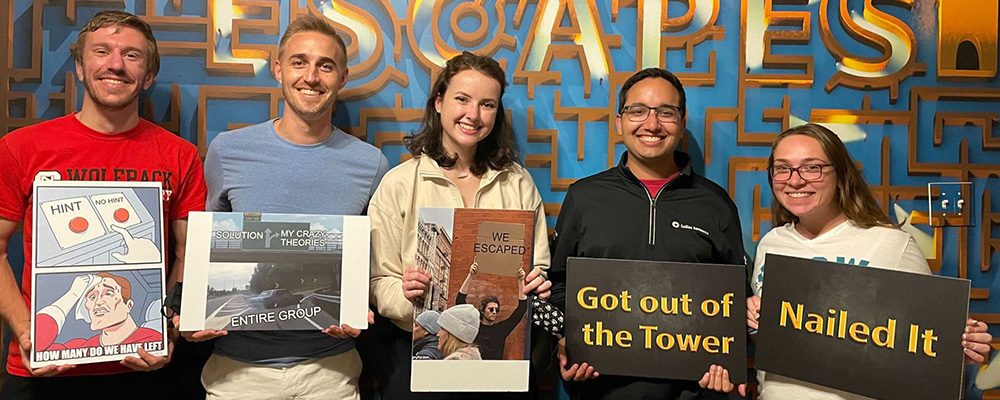Music is complex and creative.
What if I told you that Beethoven and Euclid shared the same secret:
Math.
As a data scientist, music may come easier to you than you think.
There are multiple elements of music that can be connected to simple math. Here are a few:
Chords
A chord is when multiple different notes are played together at the same time. If the goal is to pick the right set of notes that make a beautiful sound, how do we decide?
Math!
When looking at a scale of individual notes on a staff, just add together note 1 + note 3 + note 5 + note 8. Musicians call this set of notes an arpeggio, but for data scientists, it is the formula to create a beautiful chord when played simultaneously, out of any scale.
Octaves
An octave is an interval between two notes where the sound frequency is doubled. This is a natural phenomenon in music that helps distinguish between different notes. Though these notes may sound different, we have found that they are the same note played at double the sound frequency. Therefore, they get the same name (i.e. F, G, C, etc). Maybe all notes sound different. So how would a data scientist know one is just in a different octave than the other?
Math.
It’s always two times the sound wave frequency.
Tempo and Time Signature
Have you ever heard musicians use words such as Adagio, Allegro, Moderato, or Presto? These words all refer to a tempo. Most of these terms have a general range of tempos attached to them. A time signature sets a meter for a piece of music. Musicians use tempo and time signatures to dictate how a piece will sound.
Math.
For a data scientist, these two things are easily quantifiable. Tempo is simply the count of beats per minute. Time signature is a fraction with the number of beats in a measure as the numerator and the number of down beats as the denominator. When thinking about crafting a piece to fit within a specific genre or embody a certain feeling, there are set numerical ways to do this. For example, if you want a high-energy song, you increase the tempo.
A Play On Numbers
One of my favorite pieces that I played in high school was a piece called “Sevens” by Samuel Hazo. This song pays homage to composers George Gershwin and Gordon Goodwin. The title, “Sevens,” is referenced throughout the piece: it is written in the jazz seventh chord, the count of notes in many of the phrases is 7, time signatures within the song can be found to be 7/16 and 7/8. Even the letter G connects to this theme as the seventh letter of the alphabet (for Gershwin and Goodwin). The piece also has a total of 124 measures, which, when added together, equals 7.
Math.
Data science can be just as artistic as music. Even though you may not be running to the nearest studio to write a piece of music, it should be known that the math-heavy mindset you use in data science is also useful in music.
Columnist: Sam Dotson
